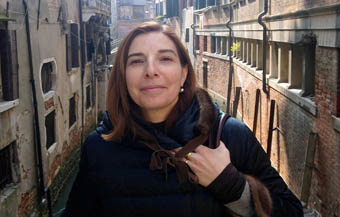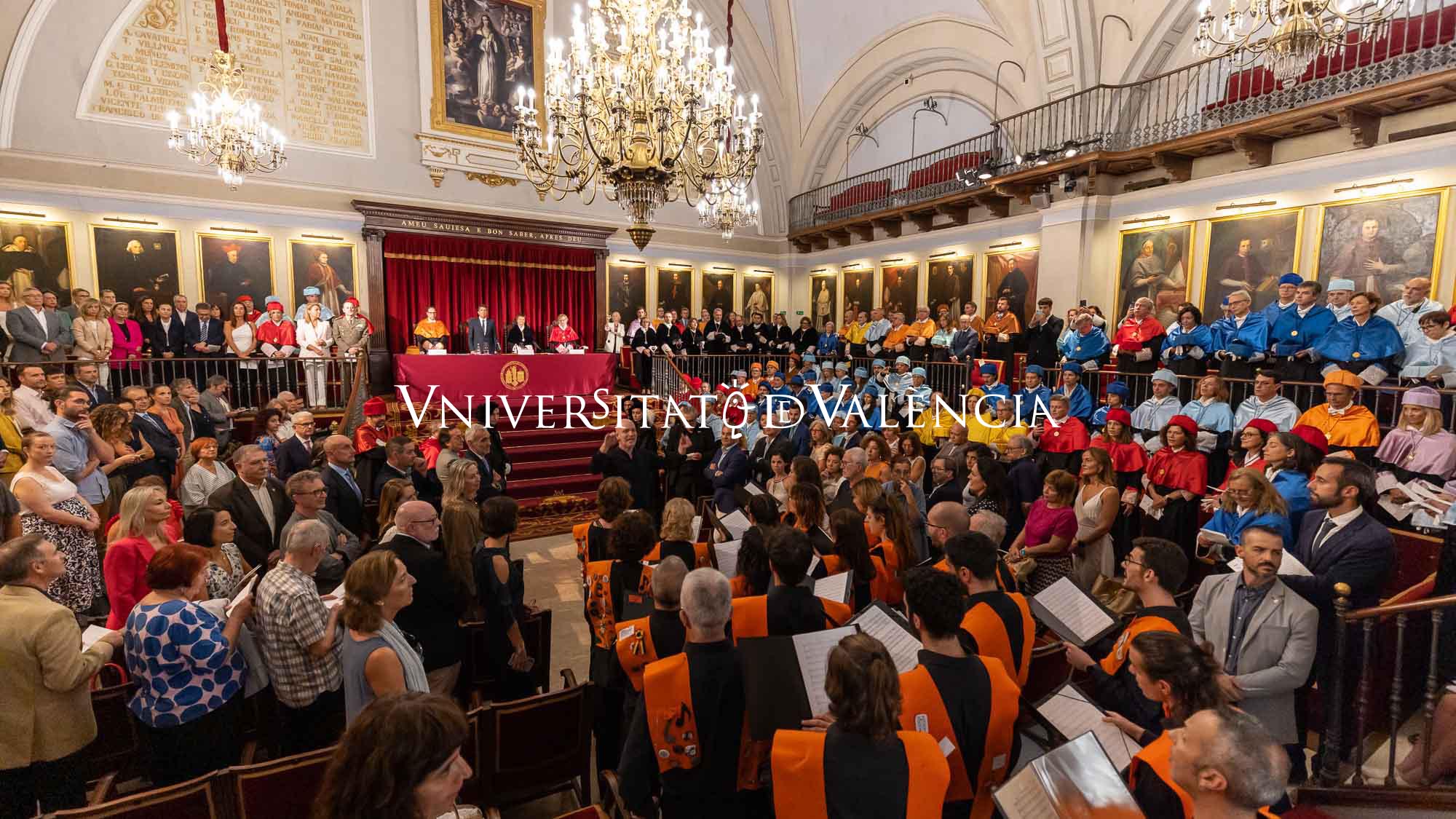
The researcher of the Institute for Corpuscular Physics (IFIC, CSIC-UV) Ángeles Faus-Golfe has been appointed as the president of the technical committee which supervises the facility of ATF2 accelerator testing, under the authority of KEK lab in Japan.
This system tests essential evidences of the necessary technology for the development of future accelerators of particles as the ILC or CLIC projects, and it evolves the principal centres of global research in particle physics as the CERN, SLAC (EE. UU.), LAL (France), JAI and RHUL (United Kingdom), among others. The nomination was implemented this week.
Ángeles Faus-Golfe is taking over Philip Bambade, from the Linear Accelerator Lab (LAL) in Orsay (France). The Valencian researcher is a principal scientific of the CSIC in the IFIC and centred her trajectory in the development of particle accelerators applied in the research. She graduated in Physical Science at Universitat de València and received a doctorate at Université Paris-Sud XI and Universitat de València. She was also a postdoctoral researcher at the European lab of particle physics (CERN). Since 2007, she has been supervising the group of physical accelerators of the IFIC, working in beam optics and instrumentation for the future accelerator of particle (CLIC, ILC, the improvement of luminosity of the LHC and in FCC) and in accelerator with applications in Medicine. Since February 2015, she has been the president of the European Committee for Future Accelerator (ECFA).
The ATF2 (accelerators testing facility) is a group of buildings in Japan where the needed technologies are tested in order to make future particle accelerators. It is a key factor for the future international lineal accelerator (ILC), which is an initiative made up of 300 research centres and more than 700 Scientifics from Europe, America and Asia, whose aim is to build a new particle accelerator which will collide electrons and positrons (their antiparticle). The Japanese government has shown its intention for the construction of this new scientific installation, which is an effort that counts with the participation of the principal research global centres in particle physics: CERN y DESY (Europe), Fermilab and SLAC (U SA), and KEK (Japan).
The ILC will be a precision machine which will operate at an energy of five times more regarding the past electron-positron particle accelerators as the LEP (CERN) or SLC (SLAC, USA). It will broaden the knowledge that some Scientifics have about the elementary particles which bring matter and will improve knowledge of discovered particles in the LHC as the boson of Higgs. At the project, an important part of the Spanish scientific community in particle physics will participate, in it there will be the Institute for Corpuscular Physics.
The facility, which its technical planning will be lead by Ángeles Faus-Golfe, studies the production of particle beams of low emittance, which is a feature that measures the volume of the beam of the particles and its quality to find sizes of the nanometre scale. It is an accelerator as the ILC, which will have a total length of 45km, and it is expected that the collision point which the electron and positron beams will crash can se as small as a 300 nanometre wide and 5 nanometre high. Therefore, beams of high quality as the ones studied at the ATF2 are required. Nowadays, the research group lead by Ángeles Faus-Golfe is about to achieve those parameters at the beam particles.
Last update: 24 de april de 2015 07:00.
News release


















